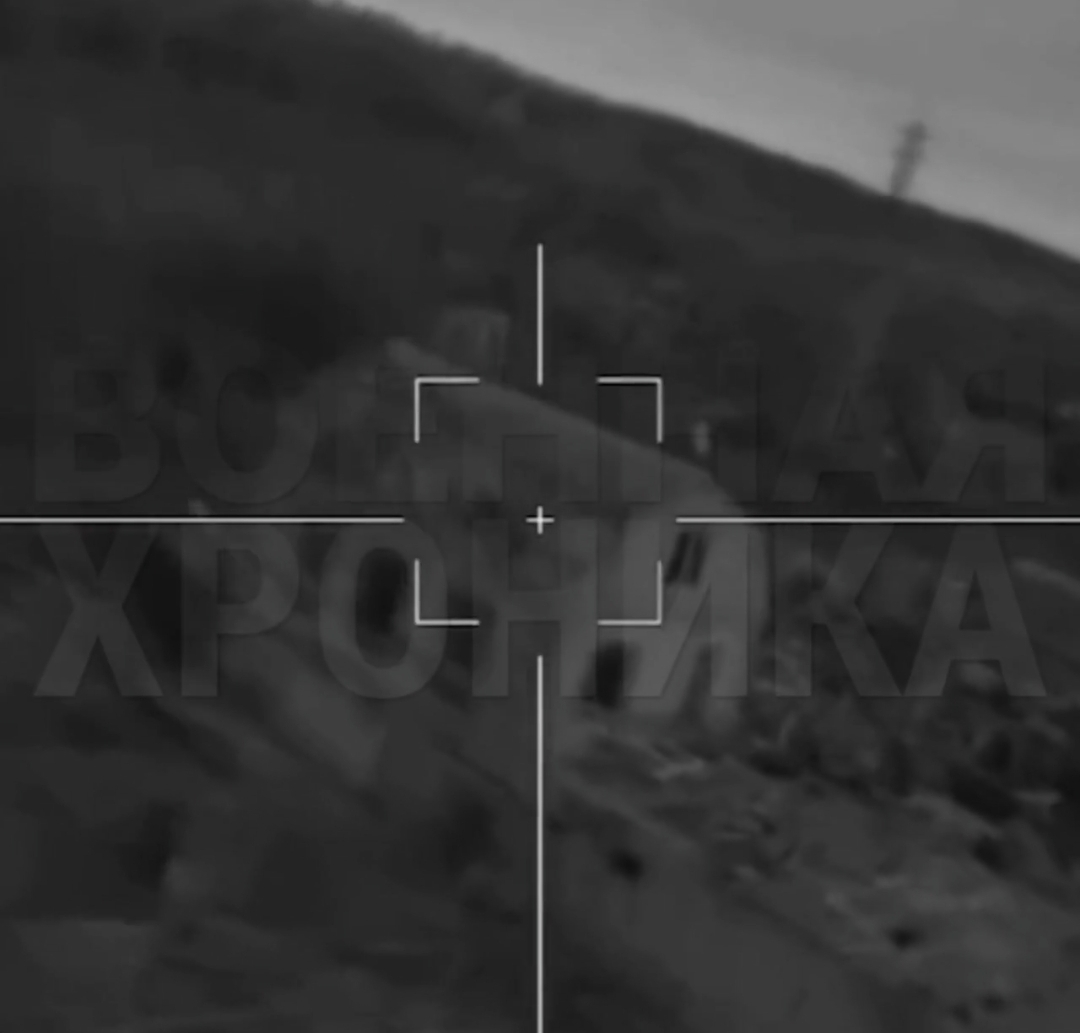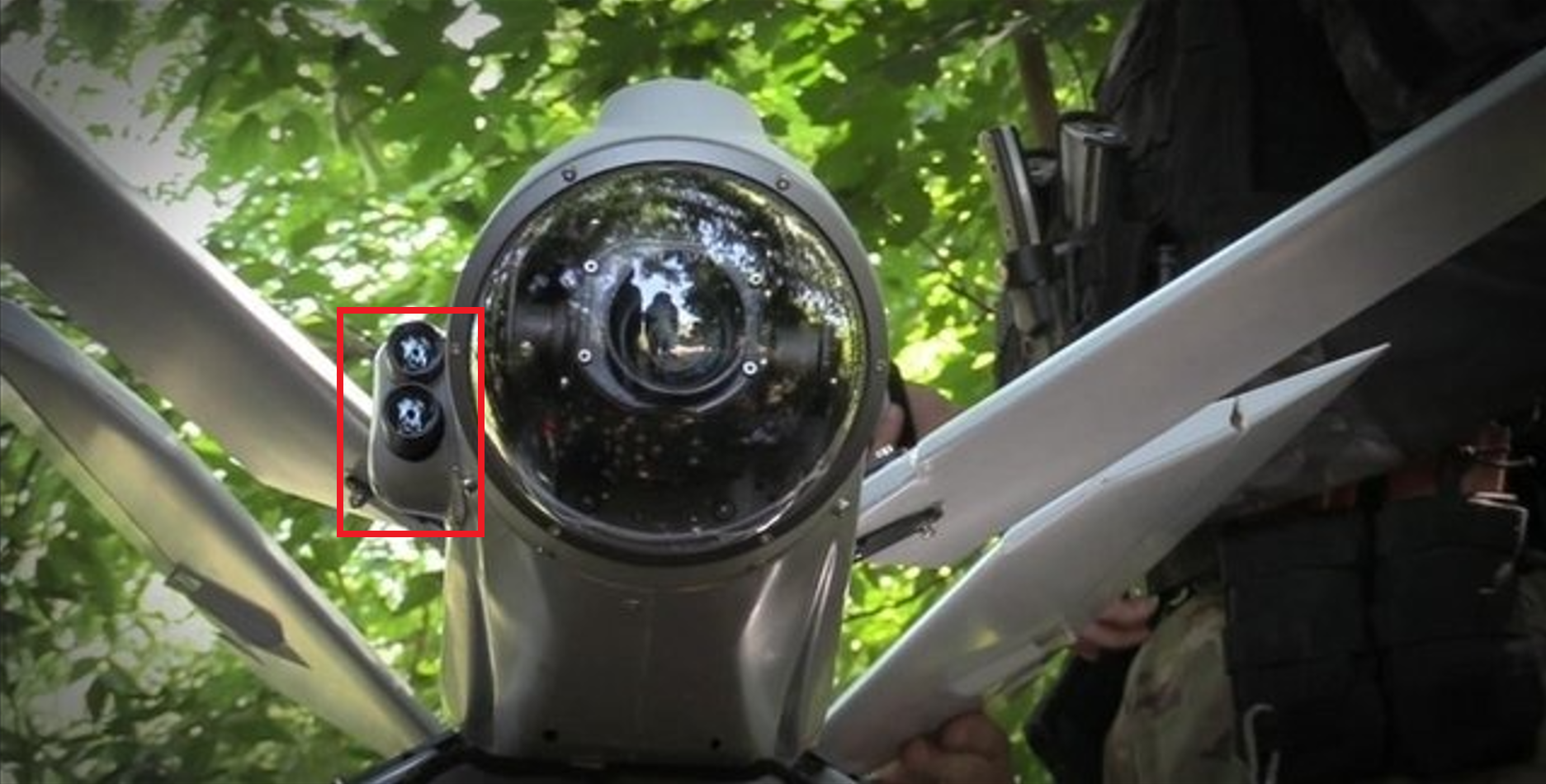Lancet Upgraded for Nighttime Strikes, Claims Russian Propaganda
11 November, 2023 Russian Lancet loitering munition. Photo from open sources Russian propagandists say that the invaders are able to use the Lancet loitering munition in nighttime conditions.
The invaders published a corresponding video on social media. The Russians use Lancet LM to defeat armored vehicles, artillery, and other important targets on the battlefield or in the near rear of Ukrainian troops. As stated, for use at night, the drone was allegedly equipped with an inexpensive thermal imager.
However, this claim is questionable.
 Russian Lancet loitering munition
Russian Lancet loitering munition
It can be assumed that for Lancet use in night conditions, the Russians could equip a video camera with infrared illumination (IR).
 Image from the Lancet LM, which is allegedly equipped with a thermal imager, November 2023. Footage of Russian propaganda
Image from the Lancet LM, which is allegedly equipped with a thermal imager, November 2023. Footage of Russian propaganda
Such cameras are cheaper and more affordable for Russians when buying abroad than thermal imagers. They can also be purchased on the civilian market.
It is also doubtful that Russia was able to establish the production of small, cheap disposable thermal imagers at its own production facilities. Russian propagandists, in their publications, say that now the Lancet has wider combat capabilities, including the ability to defeat targets at night. If true, the use of such drones will negatively affect the capabilities of the Ukrainian Defense Forces and will allow the invaders to attack targets at any time of the day.
Currently, the Lancet, with the ability to operate in night conditions, is being tested and, as stated, is used on the front line. Recently, it became known that the Russians began to use a new version of the Lancet LM, which makes useless anti-cumulative grilles and anti-drone grids.
The drone received the function of remotely detonating the warhead at a distance from the target.
 Lidar next to the optical sensor of the Lancet loitering munition
Lidar next to the optical sensor of the Lancet loitering munition
To launch the warhead at the right time, the drone is equipped with lidar, which uses two optical sensors to measure the distance to the object.